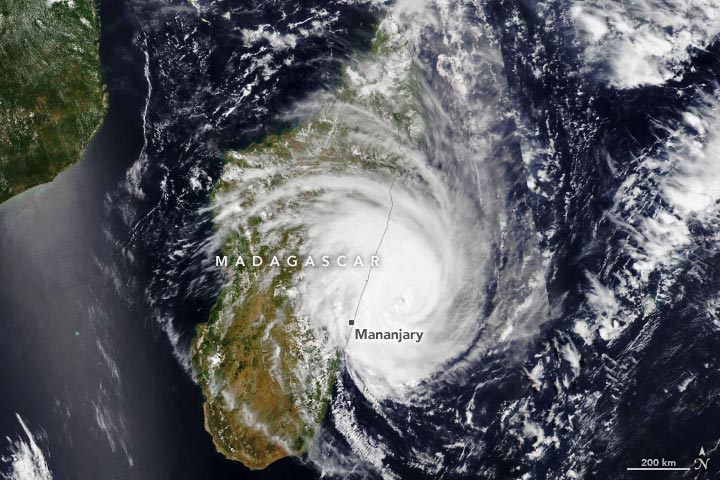
Image of tropical cyclone Freddy acquired on February 21, 2023, by the Visible Infrared Imaging Radiometer Suite (VIIRS) on the NOAA-20 satellite.
The tropical cyclone made landfall on February 21, 2023, after traveling for more than two weeks across the Indian Ocean.
After traveling for 15 days across the Indian Ocean, Tropical Cyclone Freddy made landfall on the east coast of Madagascar on the evening of February 21, 2023.
This image shows Freddy just east of Madagascar at 1:50 p.m. local time (10:50 Universal Time) on February 21. It was acquired by the Visible Infrared Imaging Radiometer Suite (VIIRS) on the NOAA-20 satellite.
As Freddy made landfall north of Mananjary around 7:20 p.m. local time, its winds measured about 130 kilometers (80 miles) per hour, but precise wind speeds at landfall were yet to be confirmed. The coastal town of Mananjary, home to 25,000 people, was previously hit hard in February 2022 by the deadly Cyclone Batsirai.
Forecasts called for Freddy to bring damaging winds, storm surge, and heavy rains as the storm moves inland. Rainfall may be especially damaging in places still recovering from Cyclone Cheneso, which killed dozens of people and left thousands homeless in the island nation in January 2023.
Since forming near Indonesia on February 6, Freddy has traveled about 7,200 kilometers across the Indian Ocean, according to the UK Met Office. The 15-day lifespan of the cyclone is unusual; few cyclones travel so far and are sustained for so long. The longest-lived tropical cyclone in the southern hemisphere was Leon-Eline in 2000, which was sustained for 18.5 days and traveled a similar path to Freddy.
Freddy was forecasted to continue moving westward and cross into the Mozambique Channel before strengthening and landing on Mozambique later in the week. Freddy was the second cyclone to hit Madagascar during the 2022–2023 season, which runs from around late October to May in the southwest Indian Ocean.
NASA Earth Observatory image by Lauren Dauphin, using VIIRS data from NASA EOSDIS LANCE, GIBS/Worldview, and the Joint Polar Satellite System (JPSS).

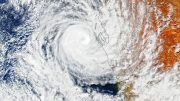
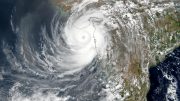



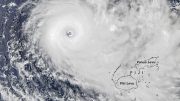

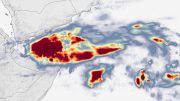
Be the first to comment on "Tropical Cyclone Freddy Hits Madagascar"